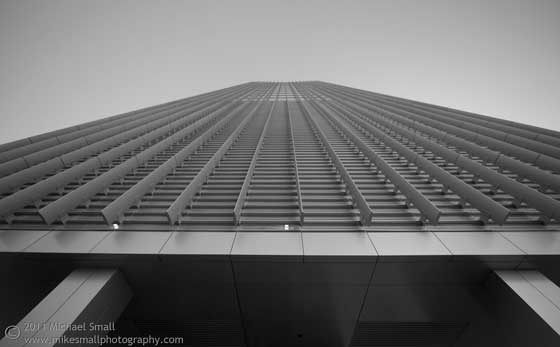3 Jun 2011
Photo of the Day – Back to London
Architectural Photography, London, Photo of the Day, Travel Photography No Comments
f/7.1 – 1/160 sec – ISO 200 – Focal Length 55 mm
Archives for Architectural Photography category
3 Jun 2011

2 Jun 2011
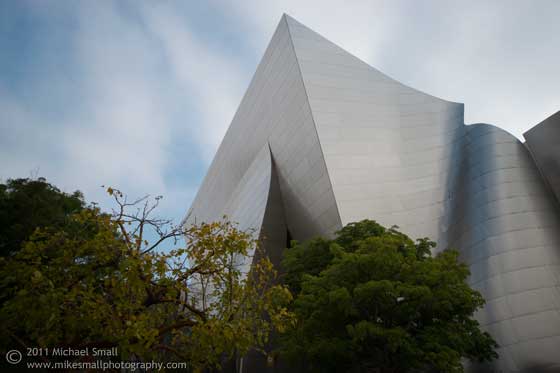
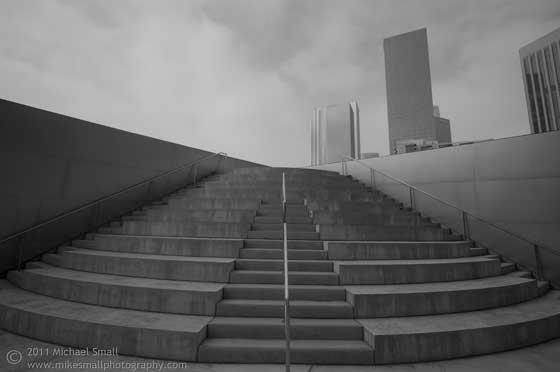
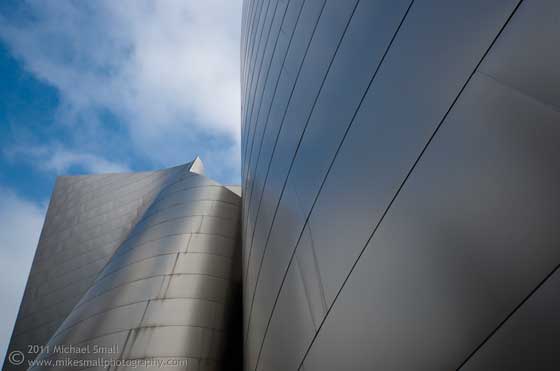
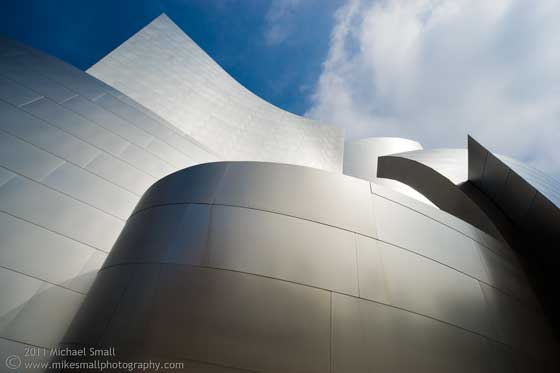
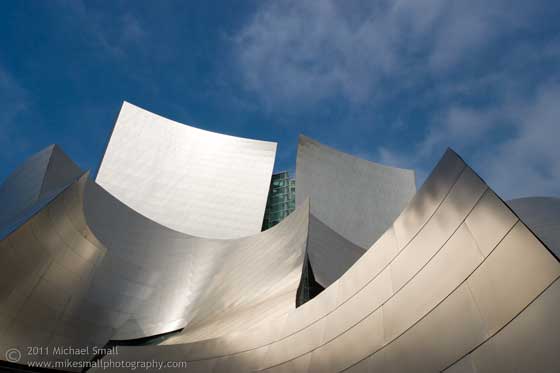
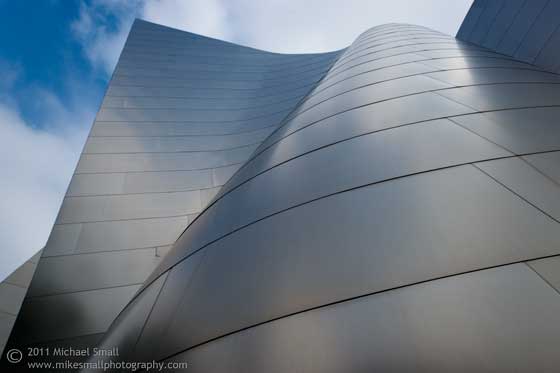
1 Jun 2011
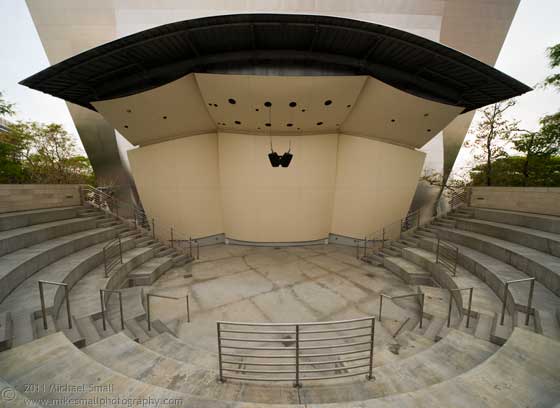
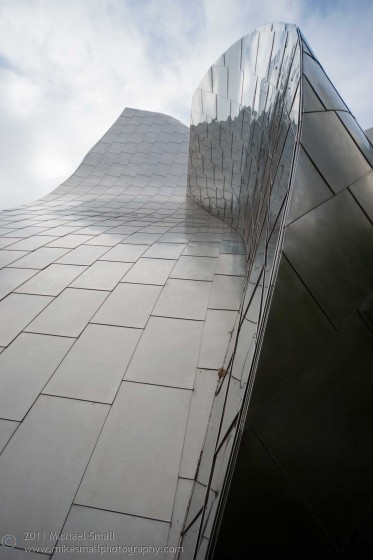
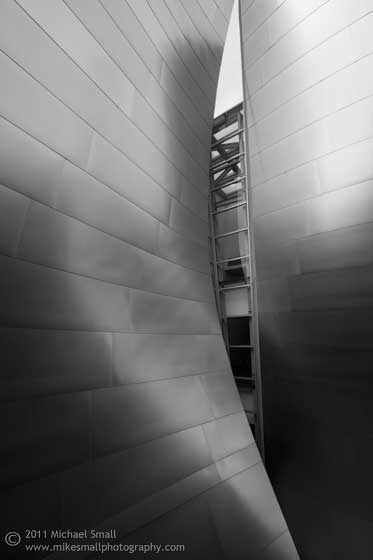
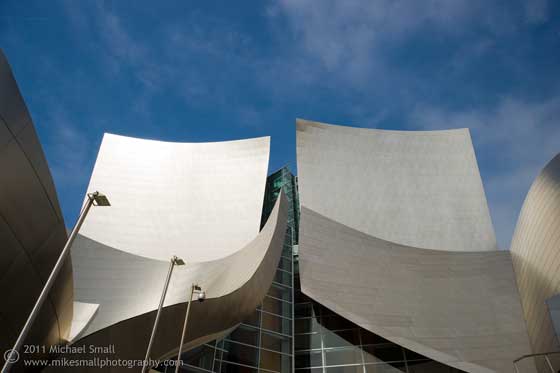
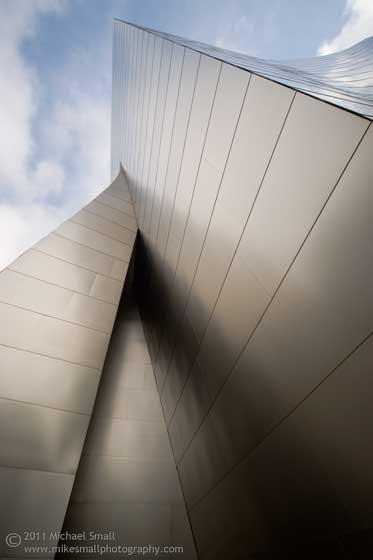
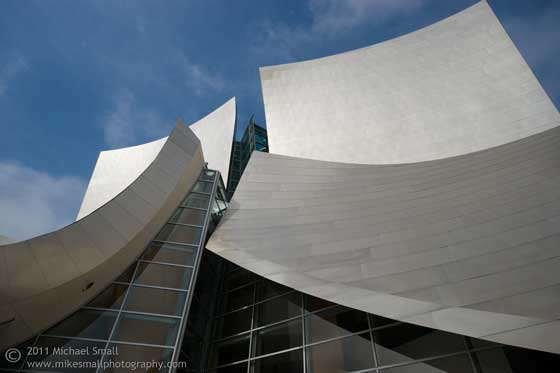
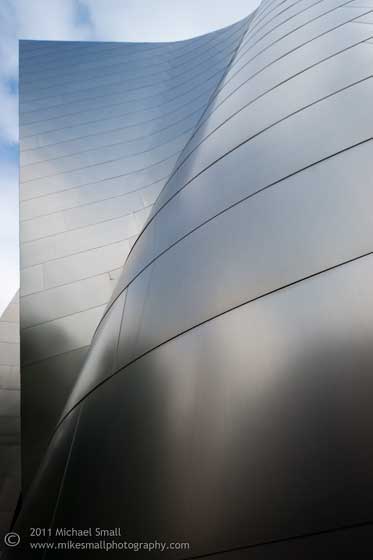
If you missed part one of the Walt Disney Concert Hall photos yesterday be sure to go back and check them out too.
31 May 2011
Te Walt Disney Concert Hall is home to the Los Angeles Philharmonic Orchestra. Designed by Frank Gehry in the early 1990s it was not completed until 2003 and cost in the neighborhood of $275 million. The almost organic shapes of the concert hall contrast with the very non-organic stainless steel skin. Yet the skin reflects the sky and surrounding vegetation tying it all together very well. This is an amazing work of architecture to visit and especially to photograph. Although it is a bit of a challenge to photograph well because the stainless steel can have hot spots as it reflects and plays with the sunlight. But it was well worth it and I was in architectural heaven.
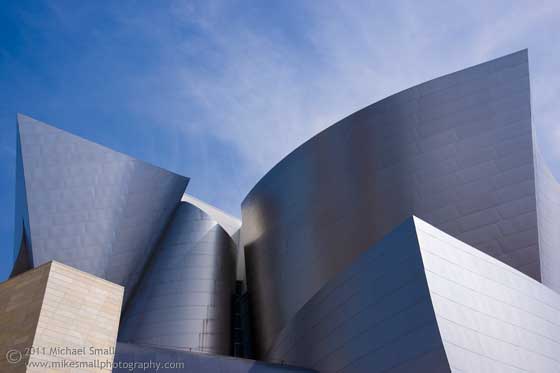
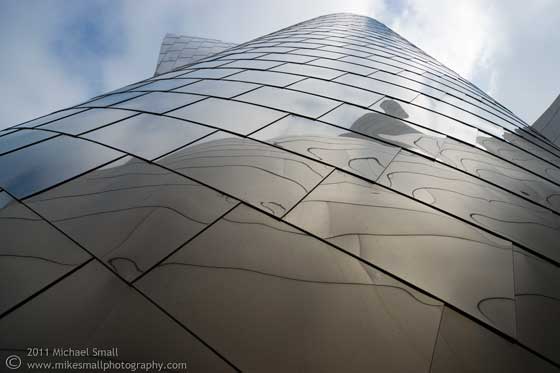
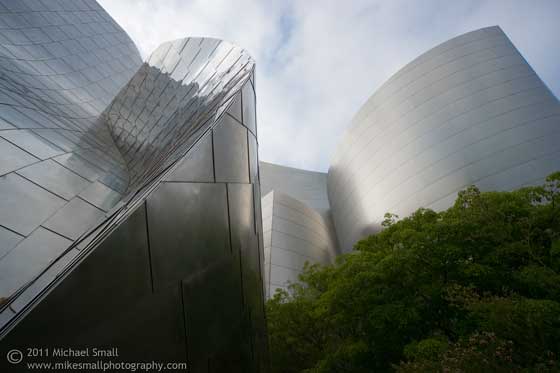
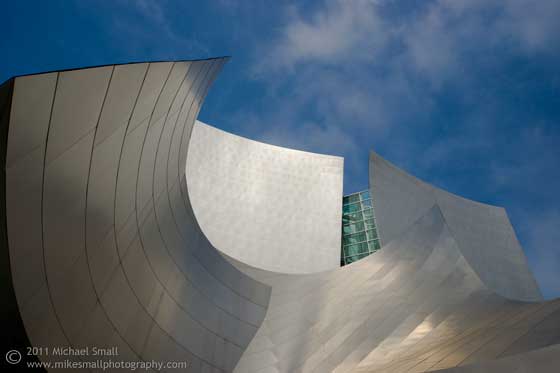
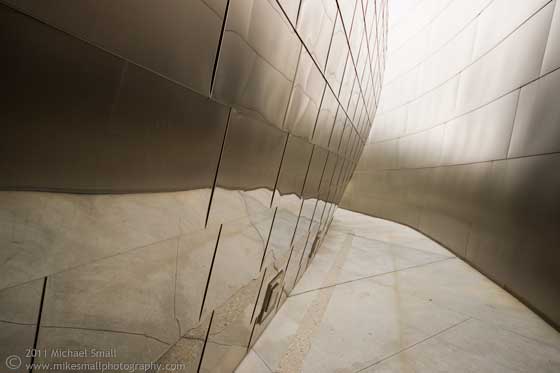
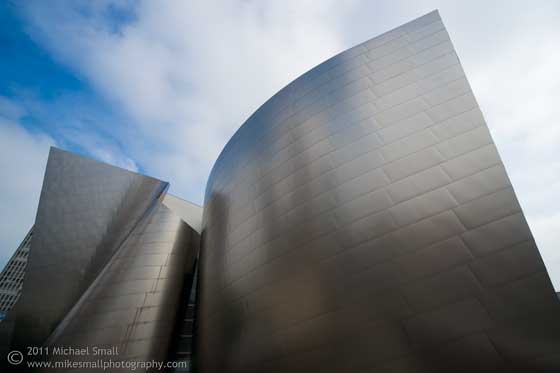
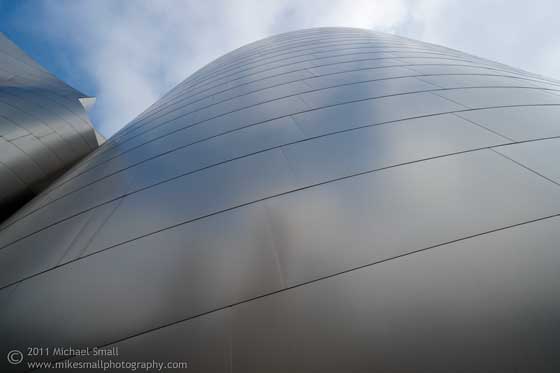
Check back tomorrow for part two of the Walt Disney Concert Hall photo series.
31 May 2011
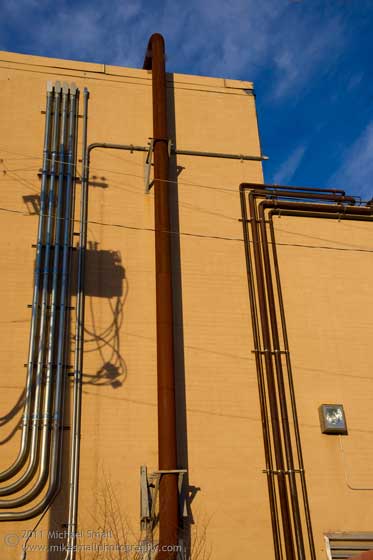
26 May 2011
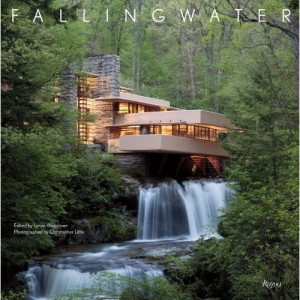 I think if there was ever a building that was meant to grace the pages of one of those over-sized “coffee table” books of photographs it is Fallingwater. Frank Lloyd Wright’s masterpiece is very well known and has been photographed from every angle thousands of times. It is on my residential architecture photography bucket list and I will hopefully have the opportunity to be one of the countless photographers that have captured this truly extraordinary residence. The house floats above the falls of Bear Run Creek in Pennsylvania and is one of the best examples of Wright’s organic architecture. It was meant to be photographed.
I think if there was ever a building that was meant to grace the pages of one of those over-sized “coffee table” books of photographs it is Fallingwater. Frank Lloyd Wright’s masterpiece is very well known and has been photographed from every angle thousands of times. It is on my residential architecture photography bucket list and I will hopefully have the opportunity to be one of the countless photographers that have captured this truly extraordinary residence. The house floats above the falls of Bear Run Creek in Pennsylvania and is one of the best examples of Wright’s organic architecture. It was meant to be photographed.
In the mid-1980s photographer Christopher Little worked with Edgar Kaufman Jr., the son of the Pennsylvania department giant that commission the home, to document the house for his book Fallingwater: Frank Lloyd Wright Country House. Twenty-five years later Little returned to Fallingwater to document it again for an updated version of the book this time simple called Fallingwater. Little spent about 50 days spread out over the four seasons to capture Fallingwater as it changes with the light of the seasons. The result is a 300 plus page book that brings one of Wright’s best known designs to life through incredible photography. If you love photography, architecture and books like I do this is one you should add to your collection.
23 May 2011
When I photograph a building I try very hard to make it look its very best. I wrote a post a while back on 5 Quick Architectural Photography Tips where I discussed some very simple things you can do to really highlight the main feature of an architectural photograph, the building. But sometimes the architectural photograph is about telling the story of the building and its environment more than about making it look pretty for a magazine or brochure. So instead of cleaning up you might leave it as is and let every element of the scene speak for itself and tell the story.
This is the case with abandoned buildings. Why is this house or former school or whatever sitting empty now? What is its history? Who once walked its halls, lived under its roof and called it home? Every building has a history and a story of its owners an occupants that brought it to where it is today. To capture that story in a photograph can be a challenge but when you do it the end result can be awesome.
So along those lines, I discovered the work of a Detroit photographer, Kevin Bauman. For better or worse, Detroit has more than its share of abandoned architecture. The recent recession, and even before, has taken its toll on the city leaving home after home as well as businesses, schools, churches and industry vacant and crumbling. Kevin has captured 100 of the abandoned homes of Detroit in a series he simply calls 100 Abandoned Houses. The images were taken in various seasons of the year and of abandoned houses in various stages of decay. Some are burned out while others range from completely covered in overgrowth of vegetation to the point where the house is no longer visible to those where someone is still mowing the lawn of an otherwise obviously abandoned and almost forgotten home. The images can be haunting yet thought provoking. They make you wonder what these homes once held and what led to their demise.
This is a great series if images to peruse and contemplate.
21 May 2011
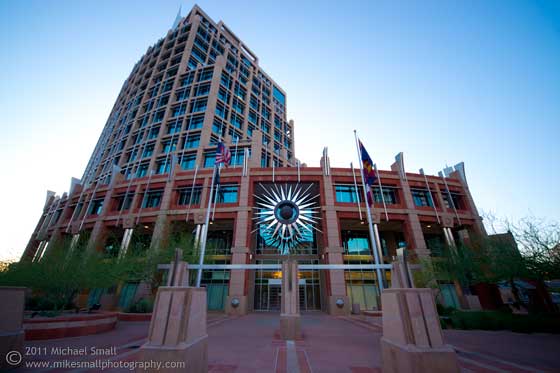
20 May 2011
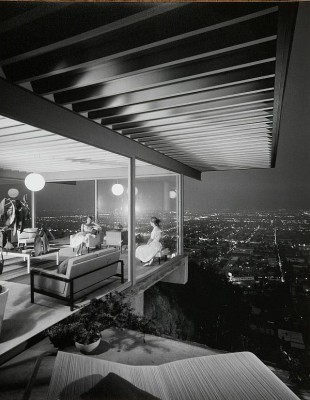 If a photographer has the honor of becoming well known for his or her work it is usually the result of a small sub-set of their greater portfolio becoming recognizable and even iconic. Such is the case with the famous American architectural and interior photographer Julius Shulman. His most recognizable photograph, Case Study House #22, serves to this day as the standard for many architectural photographers and it is recognized the world over as a symbol of Los Angeles modern architecture of the 1960s. But this image was just one of over a quarter of a million that Shulman shot during a career that spanned nearly 70 years. Many of those were just “ordinary” photographs of a working photographer that never got much attention and were rarely, if ever, published. But their lack of recognition at the time they were produced does not make them any less worthy of study and admiration than the few Shulman architectural photographs that made it into the lime-light.
If a photographer has the honor of becoming well known for his or her work it is usually the result of a small sub-set of their greater portfolio becoming recognizable and even iconic. Such is the case with the famous American architectural and interior photographer Julius Shulman. His most recognizable photograph, Case Study House #22, serves to this day as the standard for many architectural photographers and it is recognized the world over as a symbol of Los Angeles modern architecture of the 1960s. But this image was just one of over a quarter of a million that Shulman shot during a career that spanned nearly 70 years. Many of those were just “ordinary” photographs of a working photographer that never got much attention and were rarely, if ever, published. But their lack of recognition at the time they were produced does not make them any less worthy of study and admiration than the few Shulman architectural photographs that made it into the lime-light.
Shulman was a master of his craft so it stood to reason that there were hidden gems among the vast archive of his life’s work. The archive, now owned by the Getty Research Institute, was the source for a new book showcasing Shulman’s lesser known, but still noteworthy, photography. Julius Shulman Los Angeles: The Birth of a Modern Metropolis, written by Sam Lubell and Douglas Woods, features the everyday factories, shopping centers and construction sites that make up the bulk of an architectural photographer’s work. As “ordinary” as the subject matter may be it is a truly great photographer such as Shulman that transforms that “ordinary” into great photography and great art.
Here are some other books on Julius Shulman and his architectural photography:
Julius Shulman : The Last Decade
A Constructed View: The Architectural Photography of Julius Shulman
20 May 2011
